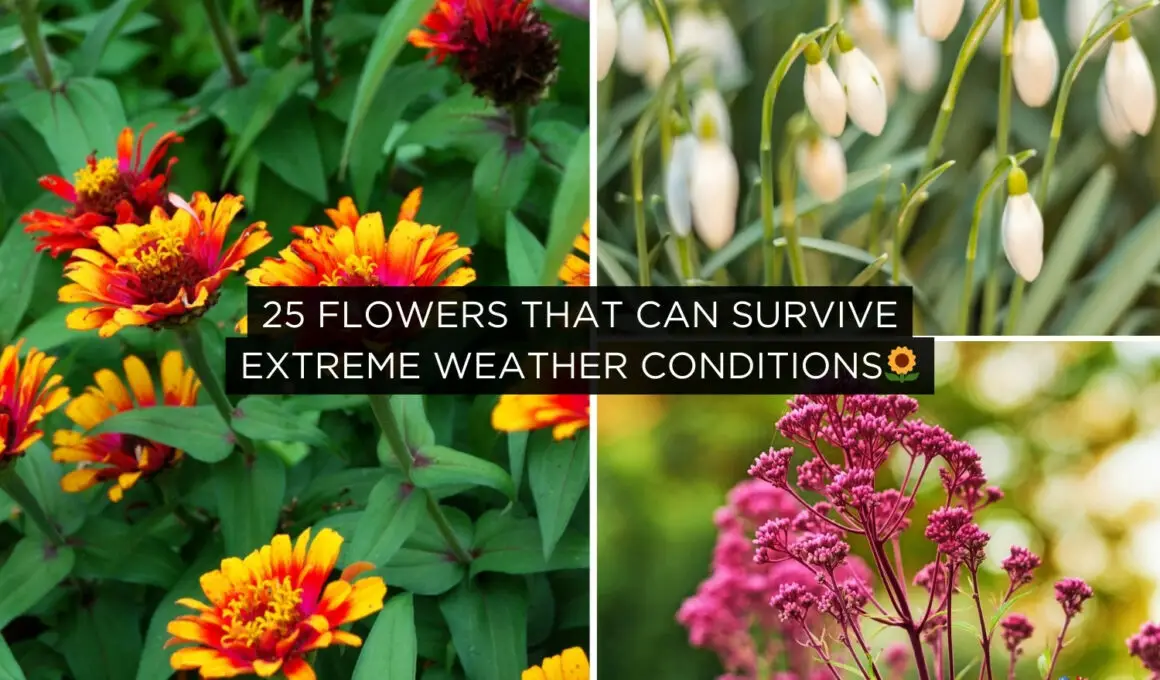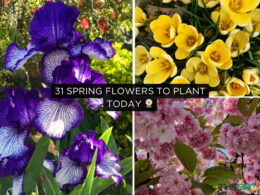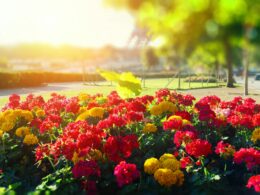In This Article Show
If you’re like me, with more than a decade of hands-on experience in the soil, you know that choosing the right flowers for your garden is not just about colors and aesthetics. It’s about resilience, adaptability, and the sheer joy of seeing your blooms thrive, even in the toughest weather conditions.
Gardening, at its heart, is an interaction with the natural world around us. As gardeners, we’re always looking for ways to harmonize with nature’s ebb and flow, especially as unpredictable weather becomes more common.
From the sun-loving Lavender that flourishes in drought conditions to the frost-tolerant Snowdrop that peeks through last winter’s snow, we’re covering a range of flowers known for their weather resilience.
Flowers That Survive Drought
Drought-resistant flowers are true survivors, adapted to thrive in low-water conditions. Their ability to withstand dry spells makes them invaluable for gardeners in arid climates or those looking to create water-efficient landscapes. Let’s explore some standout varieties:
1. Lavender (Lavandula)
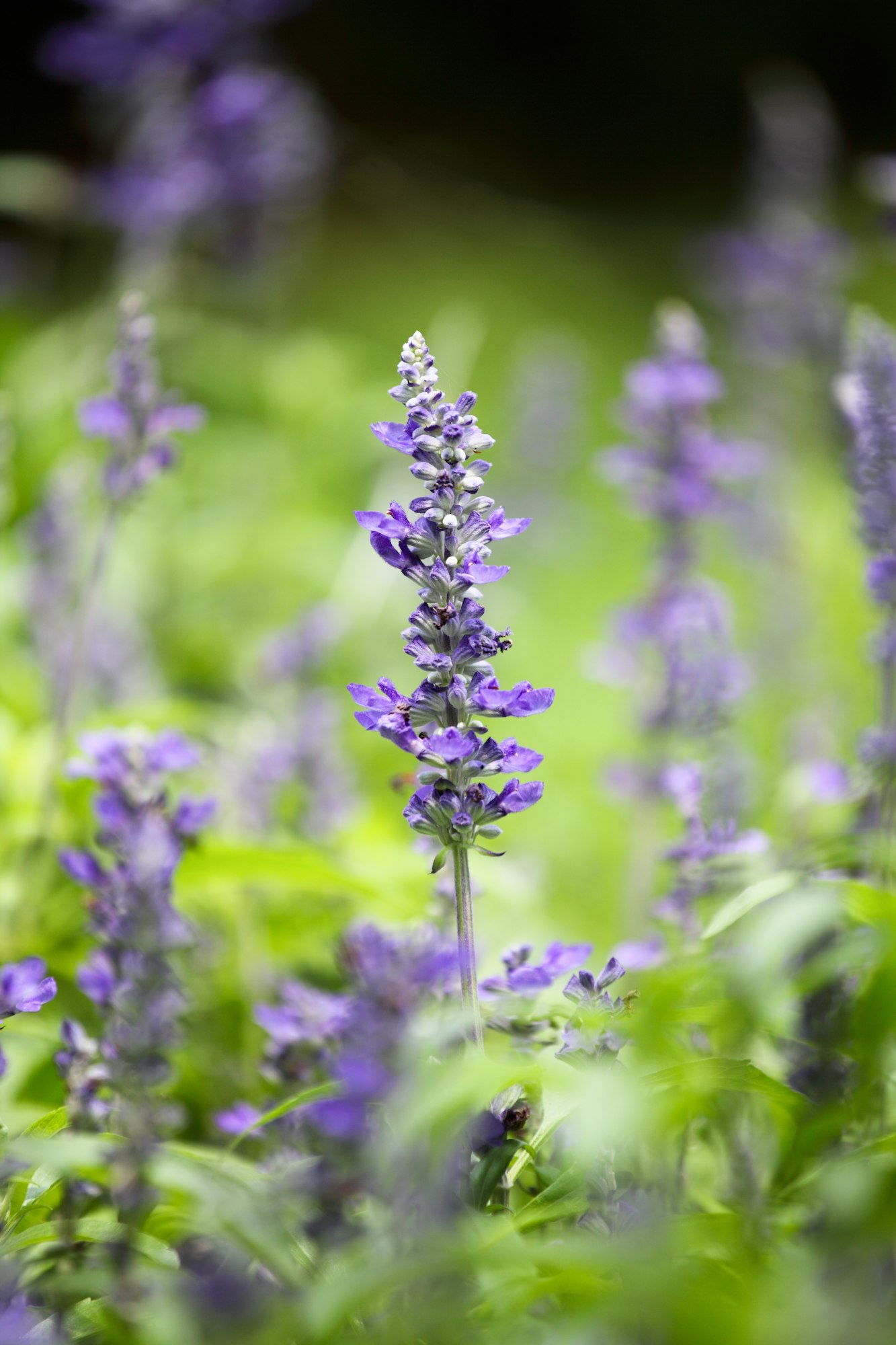
Lavender, with its fragrant purple spikes and silvery foliage, is not only a feast for the eyes but also a hardy plant that thrives in dry, sunny spots. Its aromatic flowers attract pollinators while adding a touch of Mediterranean charm to any garden.
- Planting: Plant lavender in well-drained soil and full sun.
- Care Tips: It prefers a little neglect over too much attention, so water sparingly once established. Prune after flowering to maintain shape and promote vigorous growth.
- USDA Hardiness Zones: 5-9
2. Sedum (Sedum spp.)

Sedum, or stonecrop, is a versatile succulent that forms dense mats of colorful foliage, topped with star-shaped blooms in late summer and fall. Its drought tolerance and easy-care nature make it a favorite among gardeners.
Get Gardening For Beginners
Our new EBOOK shows newcomers and green thumbs alike a step by step guide to growing the garden of their dreams.
- Planting: Choose a sunny spot with well-draining soil.
- Care Tips: Sedum is extremely low-maintenance, requiring minimal water and no fertilizer. It’s an excellent choice for rock gardens, borders, or green roofs.
- USDA Hardiness Zones: 3-9
3. Sunflower (Helianthus annuus)
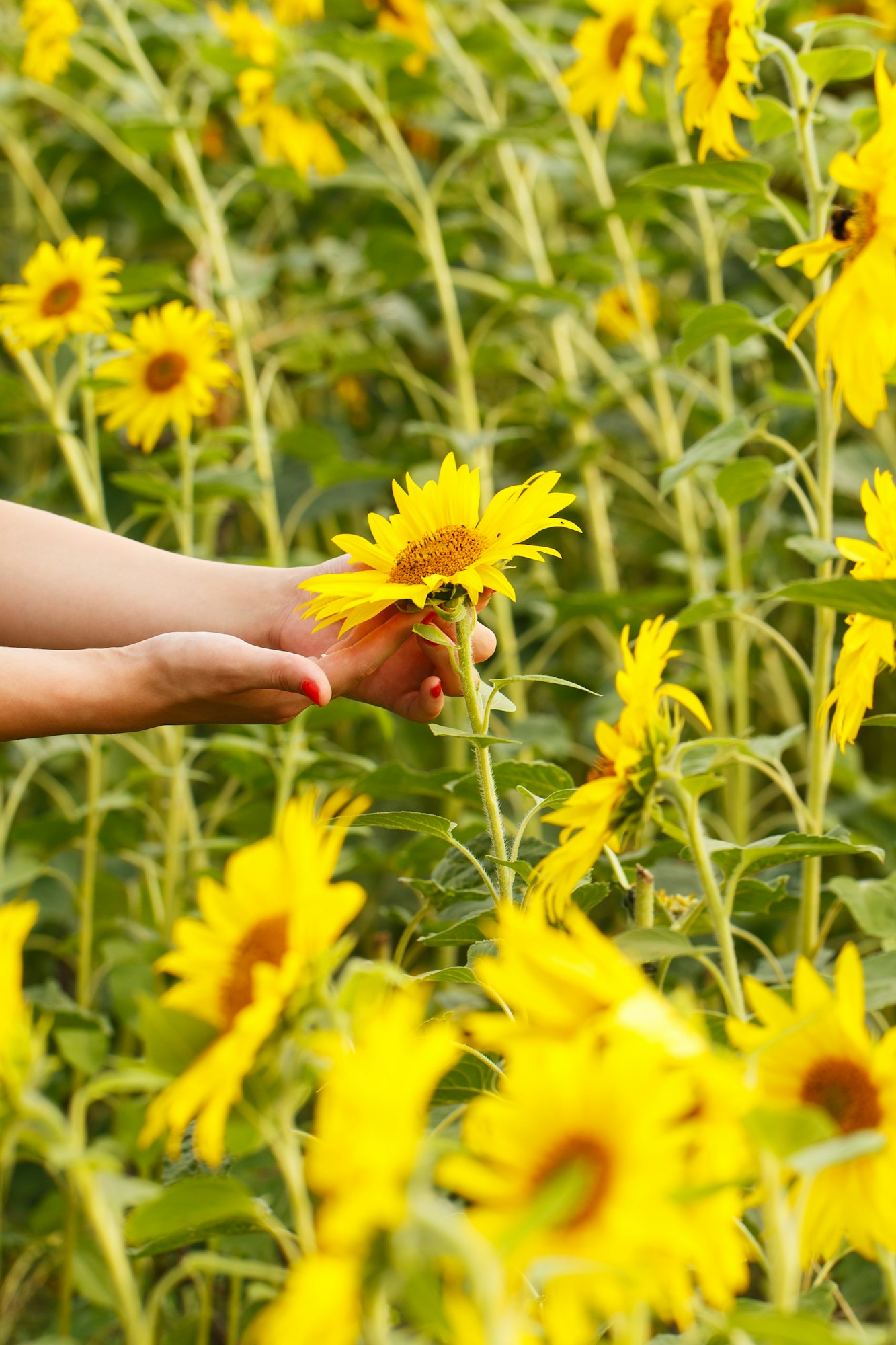
The sunflower is a quintessential symbol of summer, boasting towering stems and large, sunny blooms that face the sun. Beyond its beauty, it’s remarkably drought-tolerant, making it perfect for sunny, dry areas.
- Planting: Plant sunflower seeds directly in the ground in a location with full sun and well-drained soil.
- Care Tips: They’re largely self-sufficient but benefit from occasional watering during extremely dry periods.
- USDA Hardiness Zones: Annual in all zones
4. California Poppy (Eschscholzia californica)
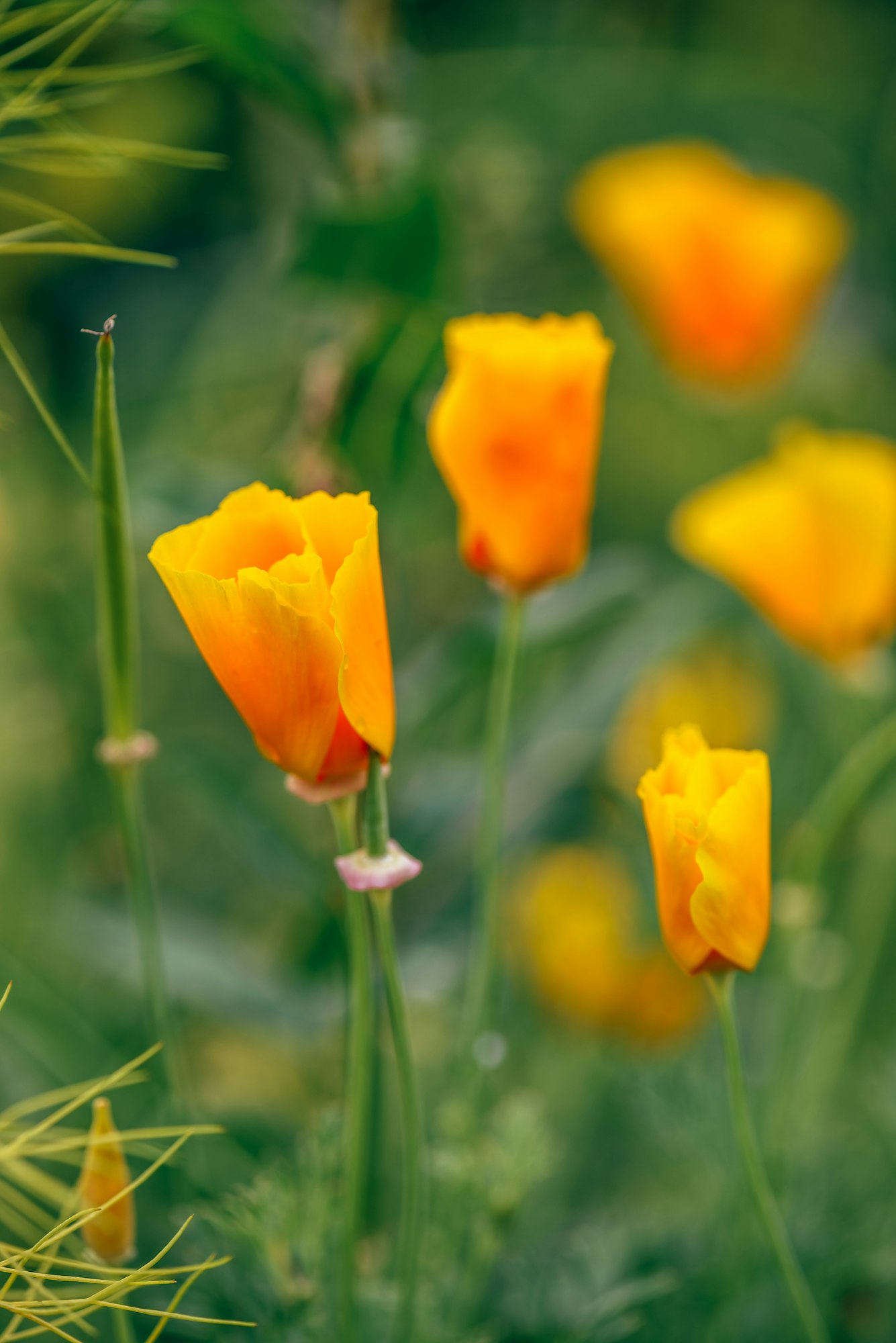
The California Poppy, with its silky, cup-shaped flowers in orange, yellow, red, and pink, is the state flower of California. It’s extremely drought-tolerant and perfect for adding a splash of color to dry landscapes.
- Planting: Plant in well-drained soil in full sun.
- Care Tips: California Poppies are low-maintenance and prefer not to be over-watered or fertilized.
- USDA Hardiness Zones: 5-10
5. Agastache (Agastache spp.)
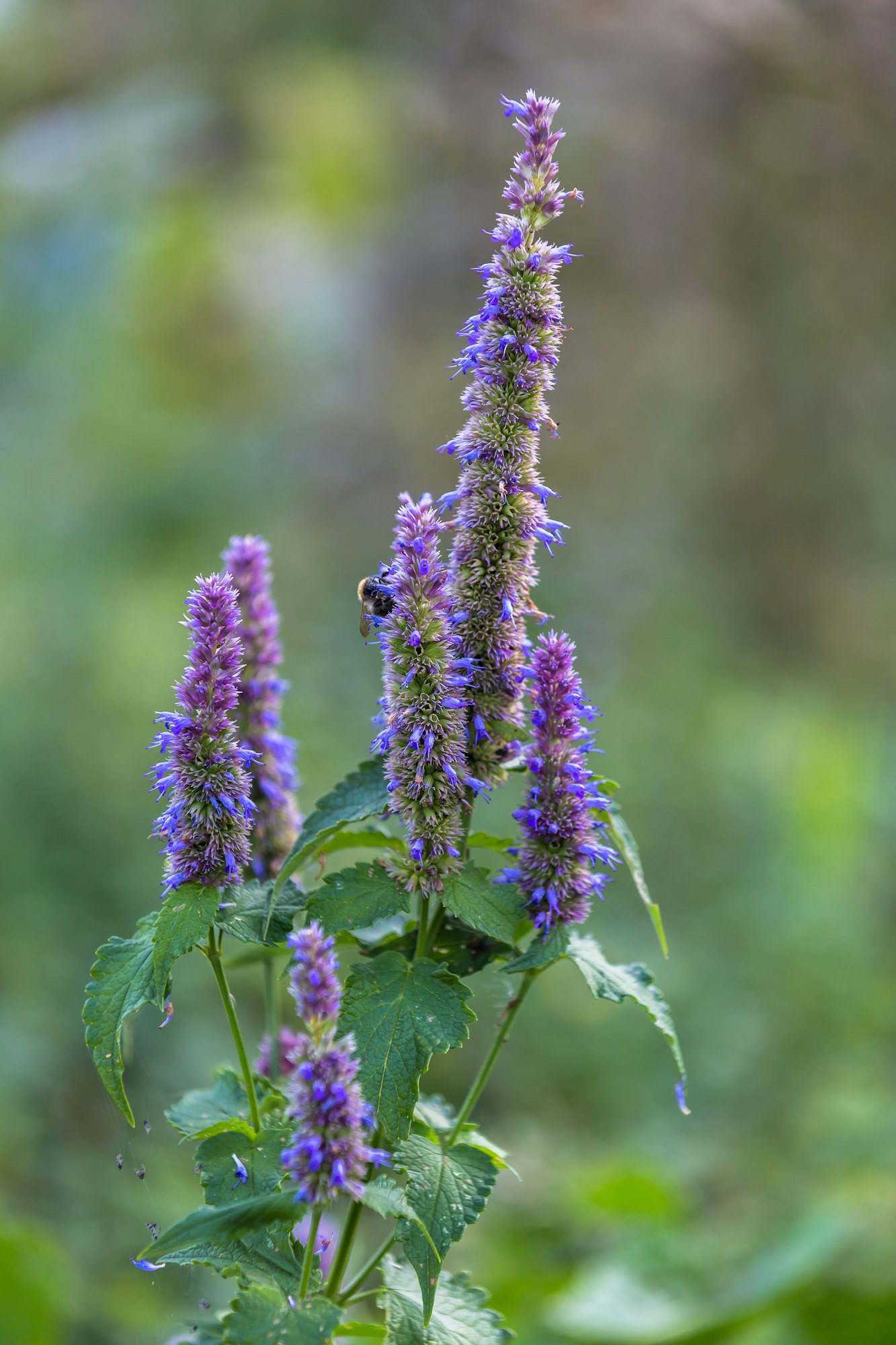
Agastache, or hyssop, features spiky flowers in shades of purple, pink, orange, and white, attracting pollinators. It’s drought-tolerant and adds both height and fragrance to the garden.
- Planting: Plant in well-drained soil in full sun.
- Care Tips: Agastache prefers dry conditions and should not be over-watered. It’s generally low-maintenance and benefits from deadheading to prolong blooming.
- USDA Hardiness Zones: 5-10
6. Gazania (Gazania rigens)

Gazanias are known for their striking, daisy-like flowers in vibrant colors that close at night and on cloudy days. They’re exceptionally drought-tolerant and great for sunny, dry spots.
- Planting: Plant in well-drained soil in full sun.
- Care Tips: Gazanias thrive with minimal water and do not require rich soil. Deadhead spent flowers to encourage more blooms.
- USDA Hardiness Zones: 9-11
Flowers That Endure Heavy Rain
Gardens in regions with heavy rainfall need plants that can handle an abundance of water without succumbing to root rot or fungal diseases. The following flowers are well-suited for such conditions, offering both beauty and resilience.
7. Japanese Iris (Iris ensata)
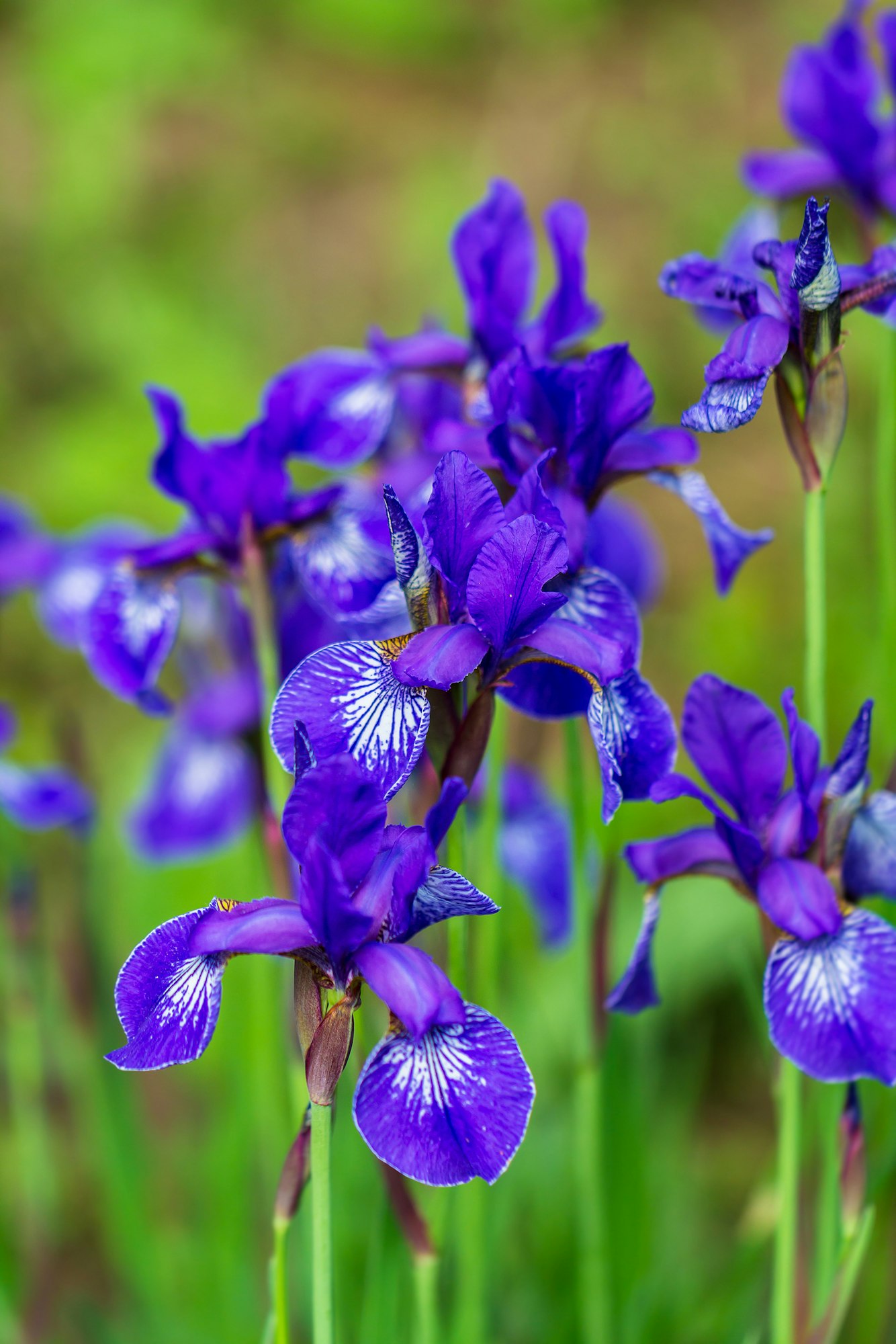
Japanese Iris flaunts elegant, large blooms in shades of purple, blue, white, and pink. Unlike its sun-loving cousins, this iris thrives in moist, boggy conditions, making it a perfect addition to water gardens or pond edges.
- Planting: Plant in a partially shaded sunny spot in acidic, rich, moist soil.
- Care Tips: Japanese Iris benefits from consistent moisture, especially during the growing season. A layer of mulch can help retain soil moisture and keep roots cool.
- USDA Hardiness Zones: 4-9
8. Swamp Milkweed (Asclepias incarnate)
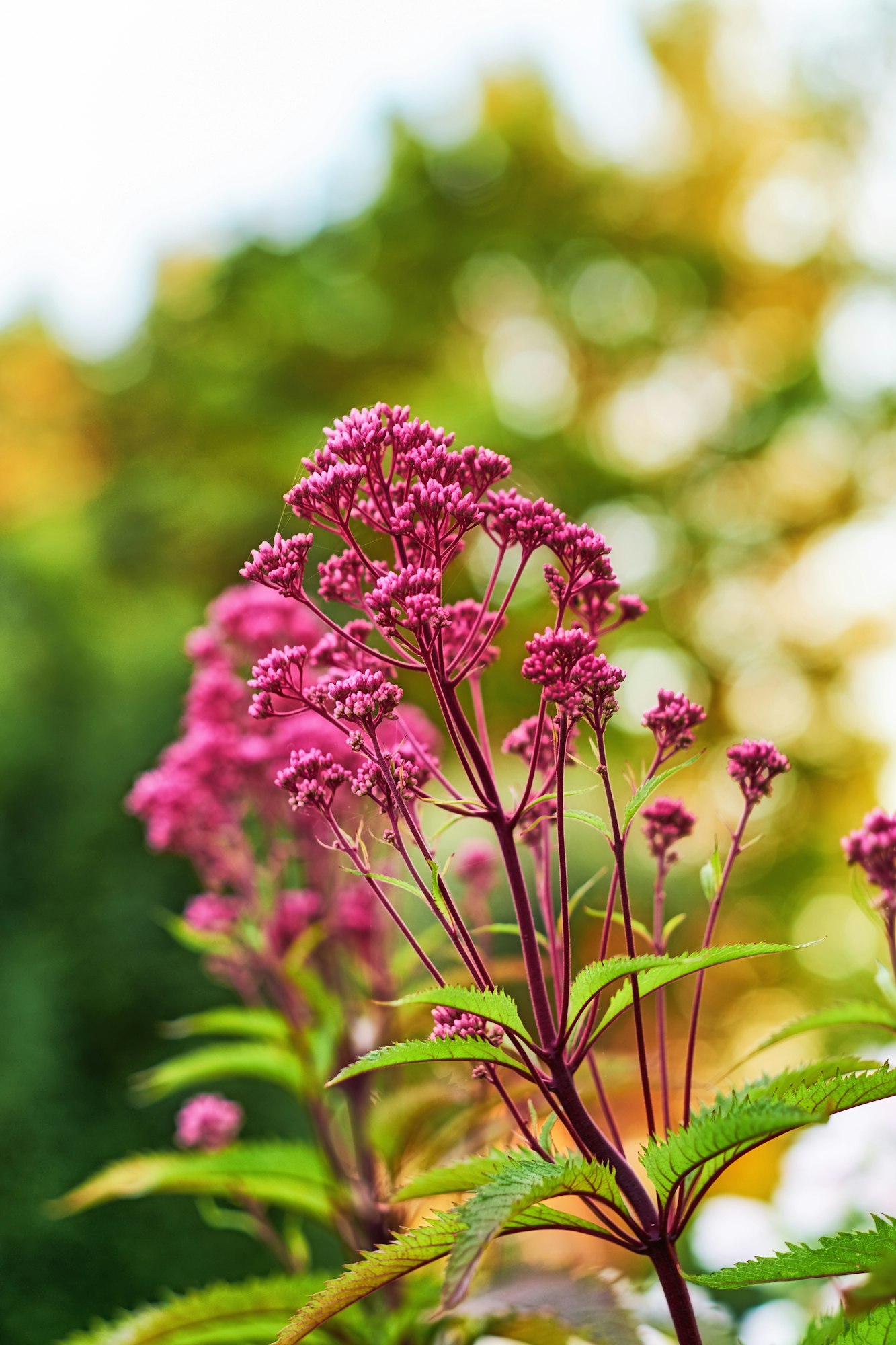
Swamp Milkweed, with its clusters of pink and mauve flowers, not only thrives in wet conditions but also attracts butterflies and pollinators. It’s an essential food source for Monarch butterfly caterpillars, making it a must-have for wildlife gardens.
Get Gardening For Beginners
Our new EBOOK shows newcomers and green thumbs alike a step by step guide to growing the garden of their dreams.
- Planting: Choose a sunny location with wet or regularly moist soil.
- Care Tips: Swamp Milkweed is adaptable and requires minimal care once established. Deadheading spent flowers can encourage a second bloom and prevent excessive self-seeding.
- USDA Hardiness Zones: 3-9
9. Canna Lily (Canna spp.)
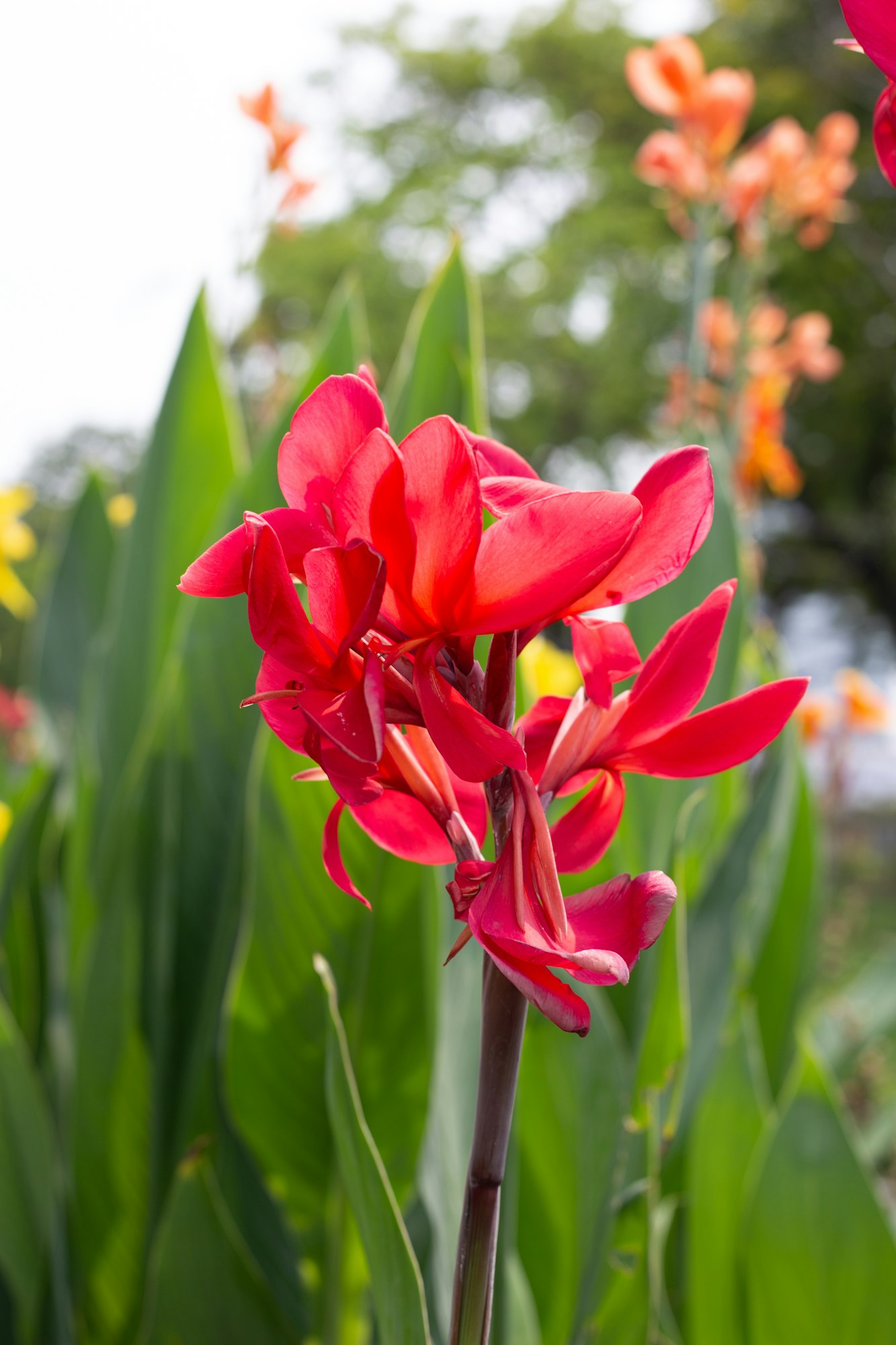
Canna Lily is a tropical perennial with large, banana-like leaves and bold flowers in red, orange, yellow, or pink. It’s well-suited to wet conditions, where it can grow with vigor and add a splash of color to the garden.
- Planting: Plant Canna Lilies in full sun to partial shade in rich, moist soil.
- Care Tips: They can tolerate standing water, making them ideal for rain gardens or low-lying areas of the garden that tend to collect water. In cooler zones, lift bulbs before the first frost and store them over winter.
- USDA Hardiness Zones: 8-11 (can be grown as annuals in cooler zones)
Incorporating these flowers into your garden can help manage heavy rainfall by utilizing plants that naturally thrive in and even benefit from wet conditions. Not only do they enhance the beauty of your garden, but they also contribute to biodiversity and support local wildlife, making your garden a vibrant ecosystem, rain or shine.
Frost-Tolerant Flowers
Frost-tolerant flowers are essential for extending the gardening season into the colder months and ensuring early spring color. These hardy plants can withstand a chill and even bloom under a blanket of snow. Here are eight flowers known for their frost tolerance:
10. Pansy (Viola × wittrockiana)
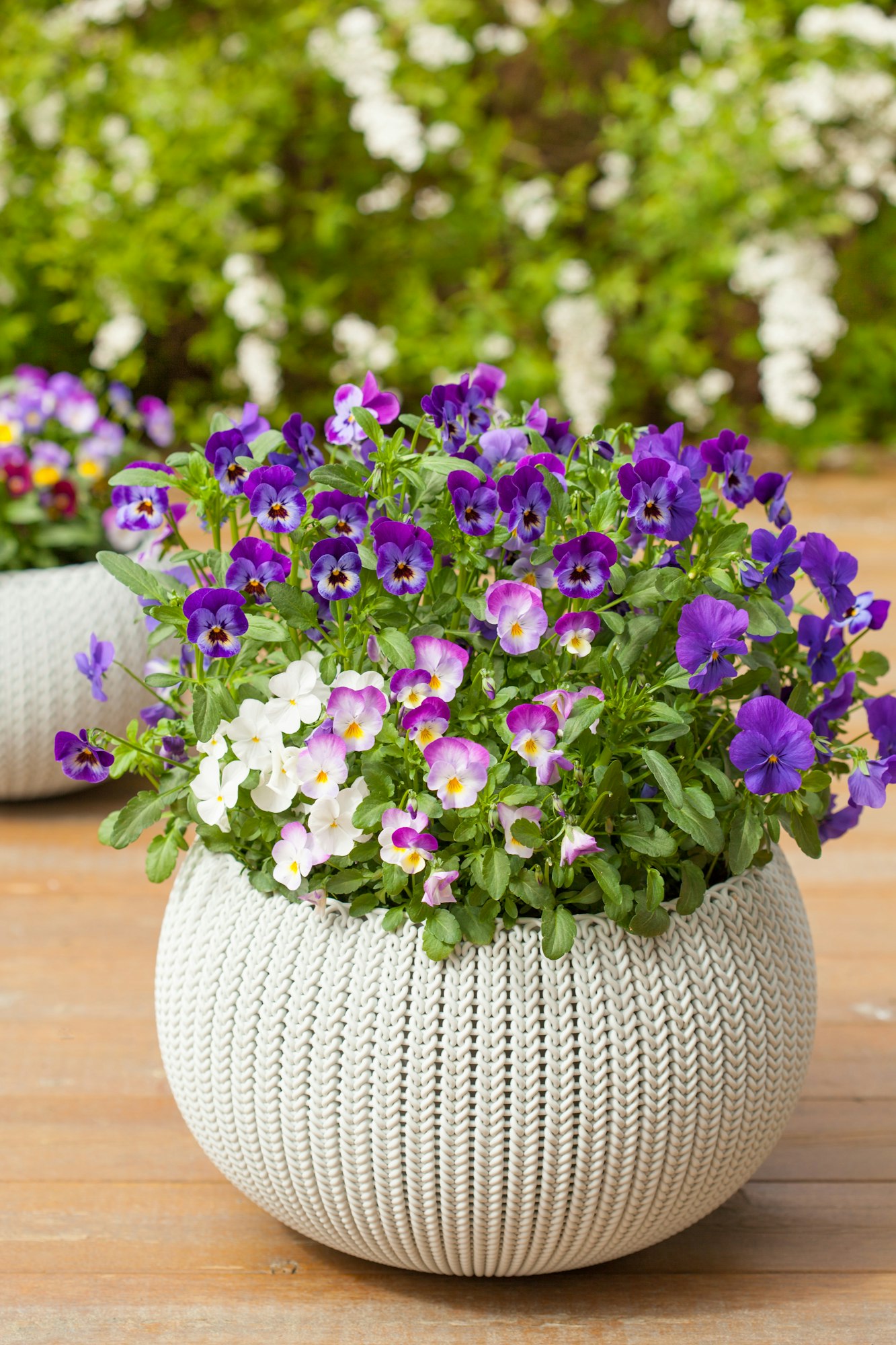
Pansies are beloved for their cheerful, colorful faces and remarkable cold tolerance. They can bloom in fall, winter, and early spring, bringing life to the garden when most plants are dormant.
- Planting: Plant in moist, well-drained soil in a sunny to partially shaded location.
- Care Tips: Pansies benefit from mulching to keep roots cool and moist. Deadhead spent blooms to encourage more flowers.
- USDA Hardiness Zones: 6-10 (as perennials), all zones (as annuals)
11. Hellebore (Helleborus spp.)
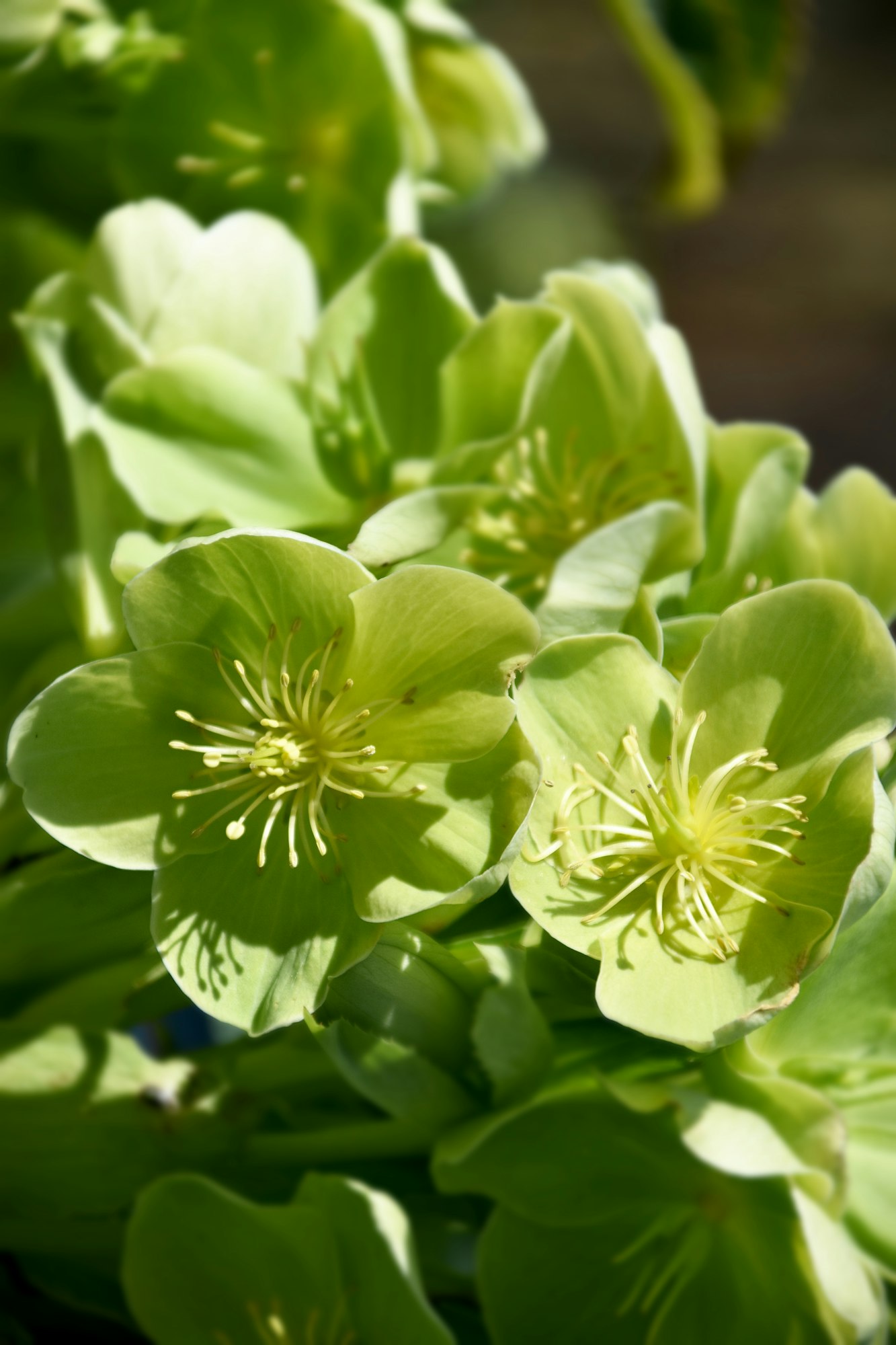
Hellebores, or Lenten roses, offer elegant, nodding blooms in shades of white, green, pink, purple, and near-black. These early bloomers can flower in late winter to early spring, often pushing through snow to display their beauty.
- Planting: Plant in partial to full shade in rich, well-drained soil.
- Care Tips: Hellebores are low maintenance but benefit from the removal of old leaves in late winter to make way for blooms.
- USDA Hardiness Zones: 4-9
12. Snowdrop (Galanthus nivalis)
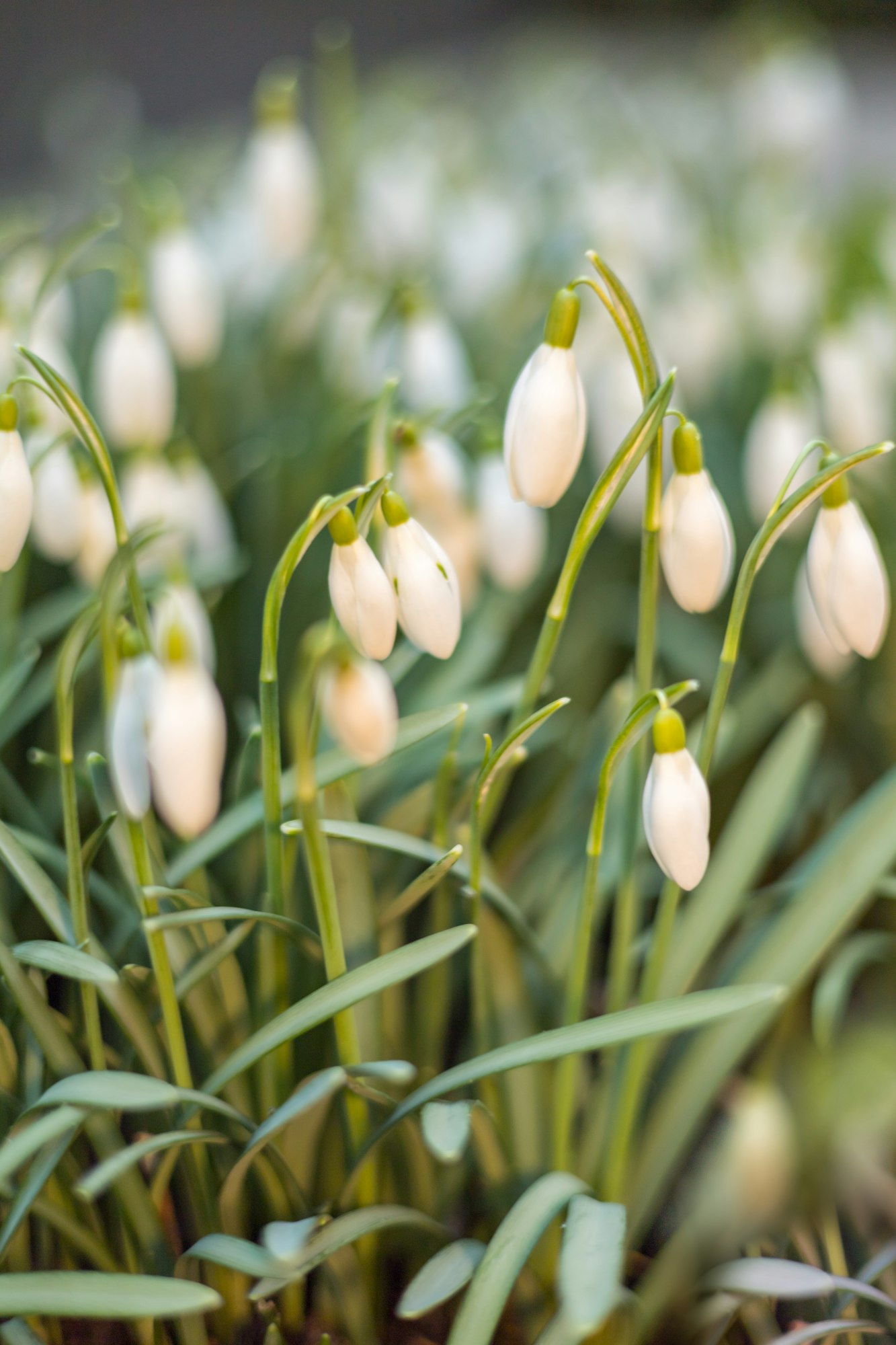
Snowdrops are among the first flowers to bloom in late winter or early spring, often appearing while snow is still on the ground. Their delicate white, bell-shaped flowers are a symbol of the coming spring.
- Planting: Plant in well-drained soil with light shade or dappled sunlight.
- Care Tips: Snowdrops prefer cool, moist conditions in the spring and a dry summer rest period.
- USDA Hardiness Zones: 3-7
13. Crocus (Crocus spp.)
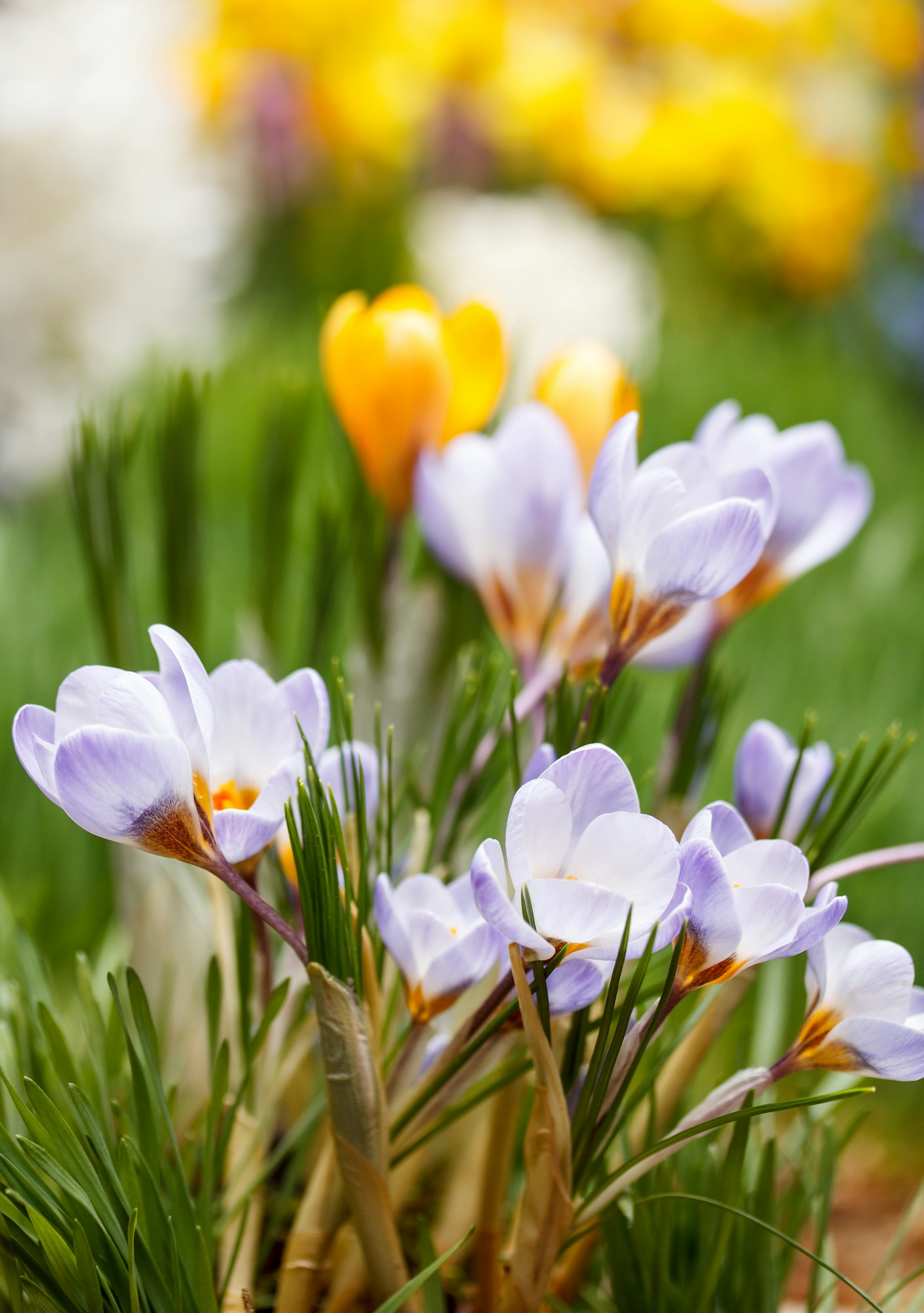
Crocuses are small, cup-shaped flowers that bloom in early spring or fall, depending on the species. They come in various colors, including purple, yellow, and white, and are often seen peeking through the snow.
- Planting: Plant crocus corms in well-drained soil in full sun or partial shade.
- Care Tips: They naturalize well, spreading over time to create larger displays each year.
- USDA Hardiness Zones: 3-8
14. Primrose (Primula spp.)
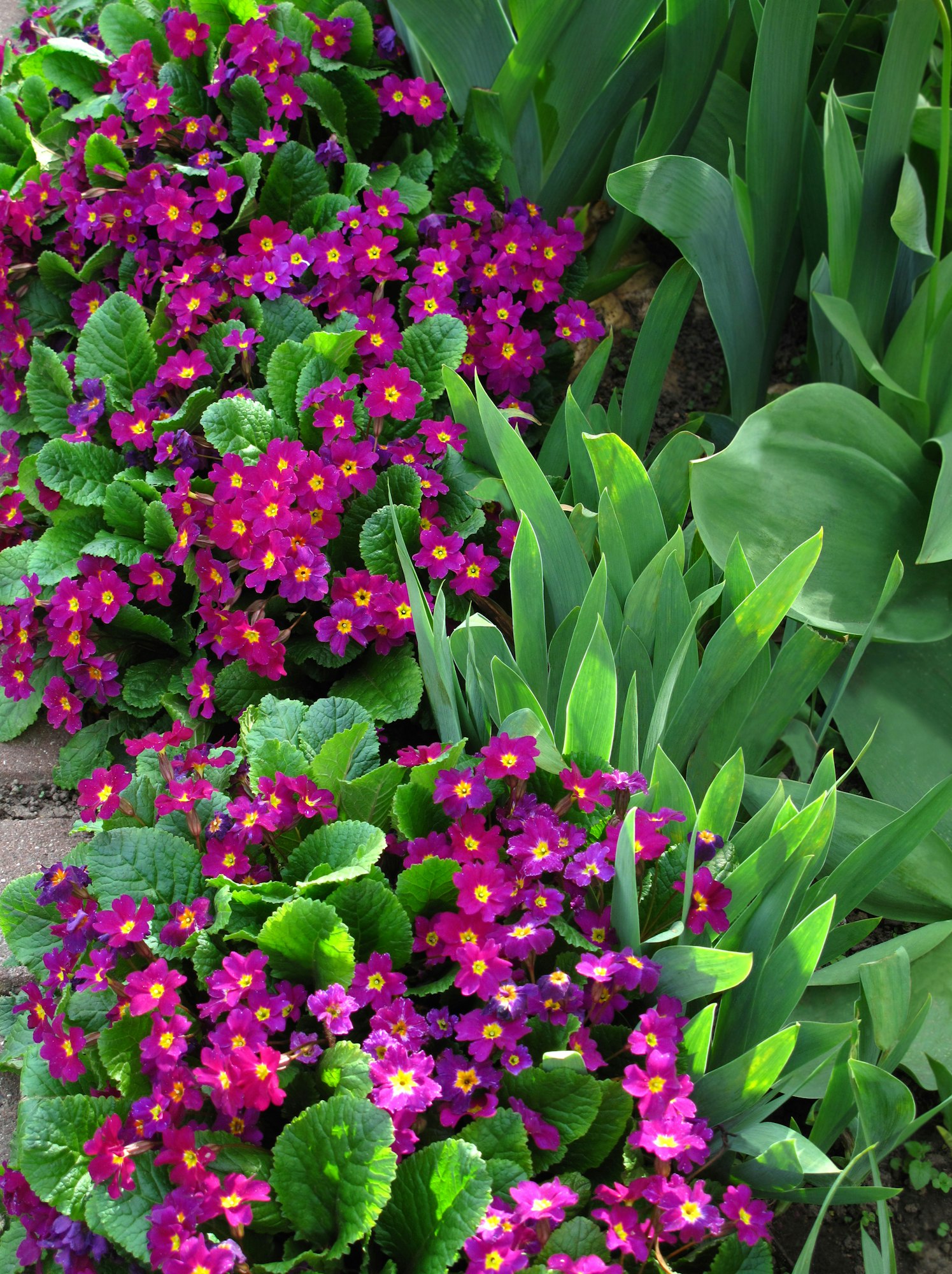
Primroses come in a rainbow of colors and can bloom as early as late winter, providing vibrant splashes of color in damp, shady garden spots.
- Planting: Plant in moist, well-drained soil in partial to full shade.
- Care Tips: Primroses enjoy cool conditions and benefit from mulching to retain soil moisture.
- USDA Hardiness Zones: 4-8
15. Witch Hazel (Hamamelis virginiana)
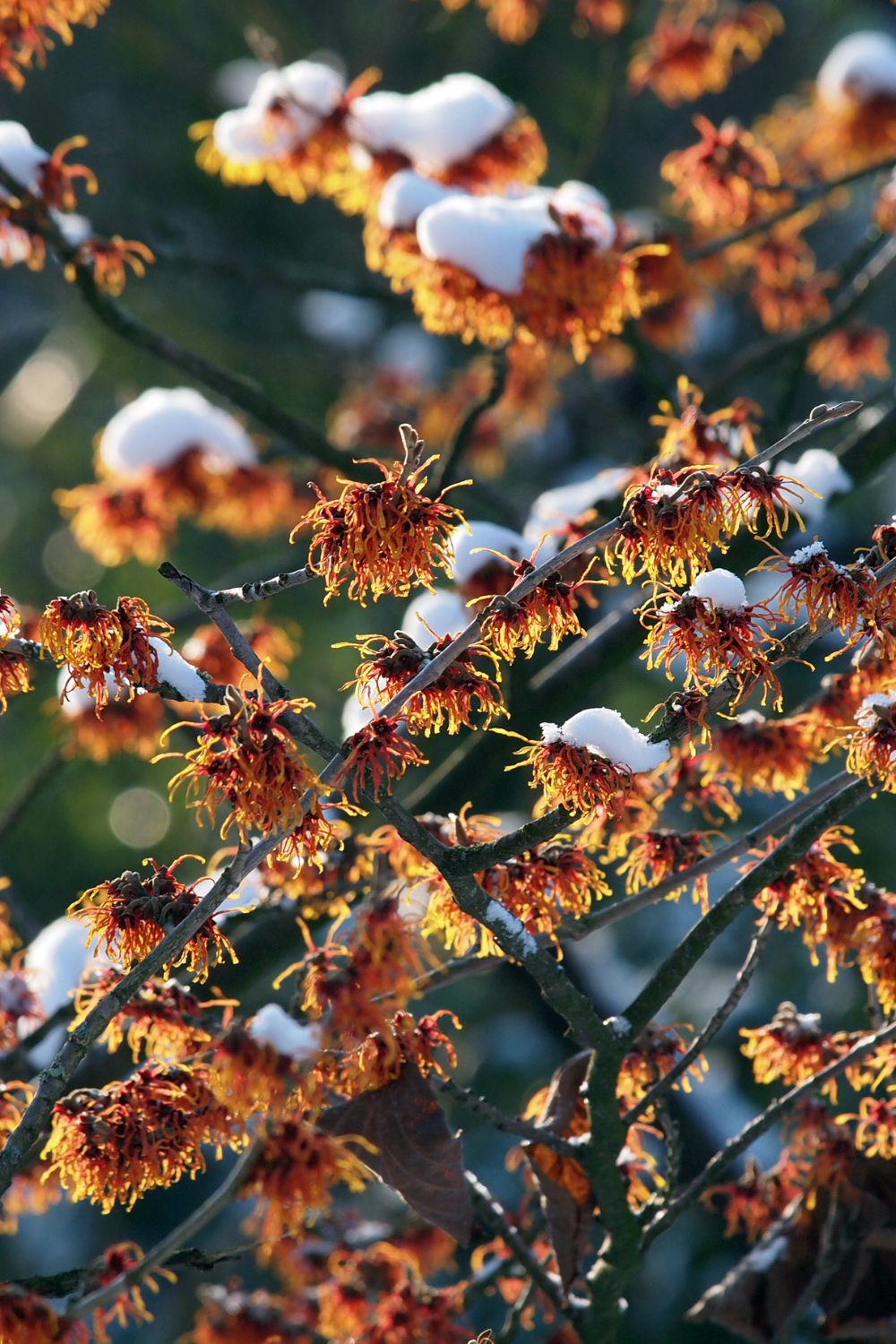
Witch Hazel is a large shrub or small tree that produces fragrant, ribbon-like yellow flowers in late fall to early spring. It’s not only frost-tolerant but also adds unique texture and fragrance to the garden.
- Planting: Plant in well-drained, acidic neutral soil in full sun to partial shade.
- Care Tips: Witch Hazel is low maintenance once established.
- USDA Hardiness Zones: 3-8
16. Winter Aconite (Eranthis hyemalis)
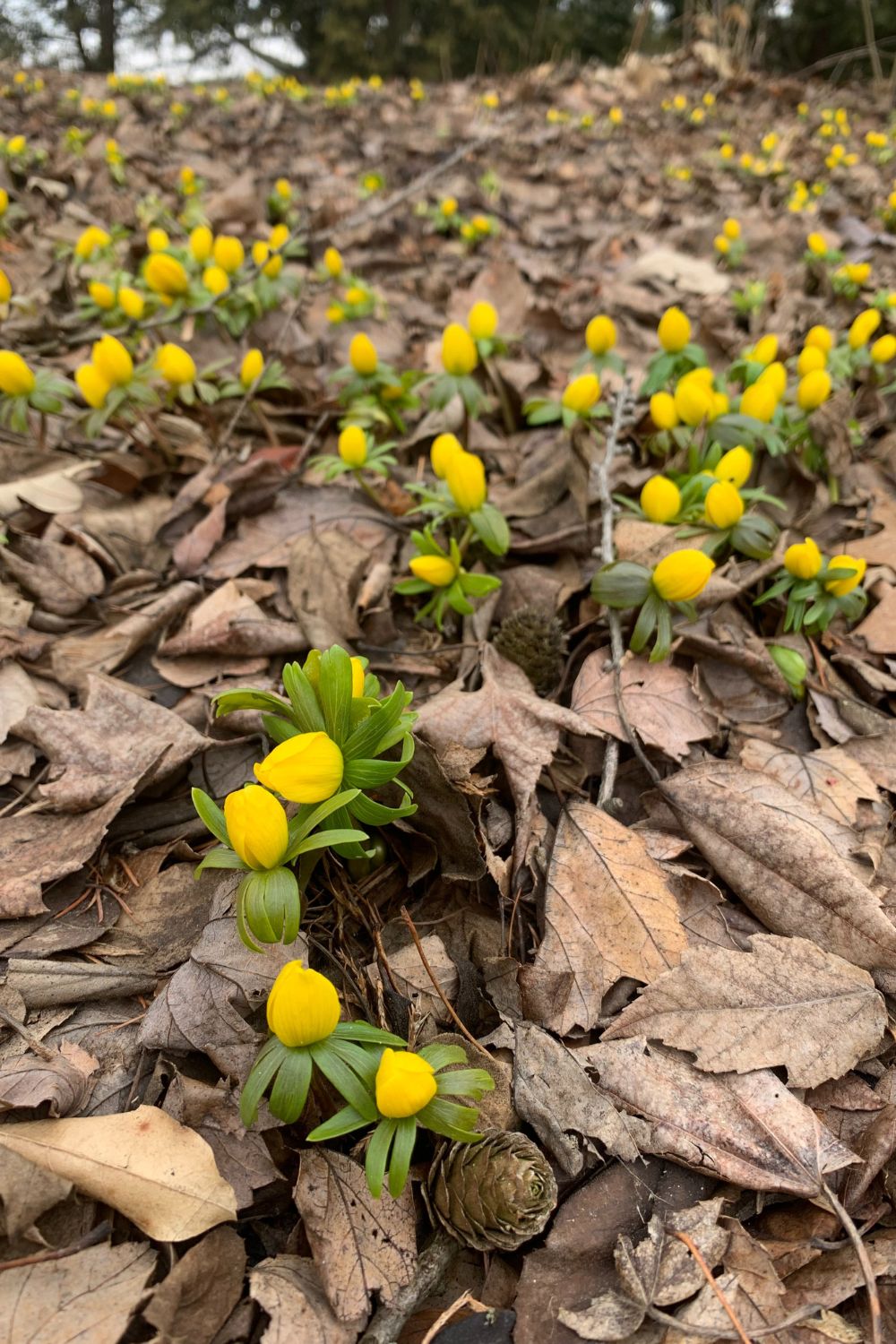
Winter Aconite blooms in late winter to early spring, featuring bright yellow, buttercup-like flowers. It’s one of the first signs of spring, often flowering alongside snowdrops.
- Planting: Plant tubers in well-drained soil in full sun to partial shade.
- Care Tips: Winter Aconite naturalizes easily, spreading to form cheerful yellow carpets.
- USDA Hardiness Zones: 4-7
17. Christmas Rose (Helleborus niger)
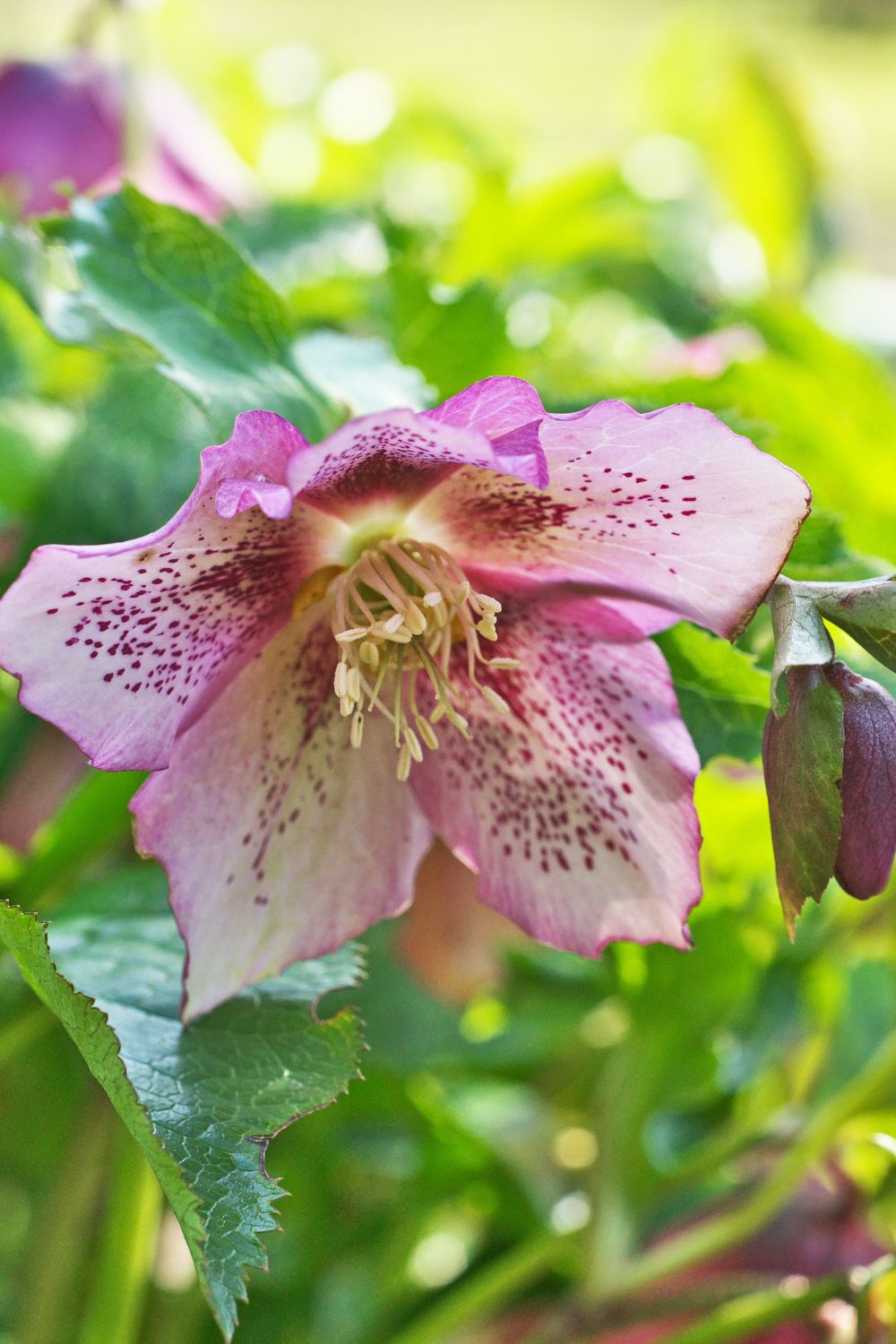
The Christmas Rose is a type of Hellebore that blooms in the depths of winter, often near Christmas in milder climates. Its large, white flowers turn pink as they age, providing beauty in the coldest months.
- Planting: Plant in partial to full shade in rich, well-drained soil.
- Care Tips: Like other Hellebores, it is low maintenance but benefits from the removal of old leaves to showcase its flowers.
- USDA Hardiness Zones: 3-8
Flowers That Withstand High Winds
Gardens exposed to high winds require plants that can stand up to the challenge without breaking or becoming uprooted. These resilient flowers not only survive but thrive in windy conditions, making them perfect for coastal areas, high altitudes, or any open, exposed gardens.
18. Sea Thrift (Armeria maritime)
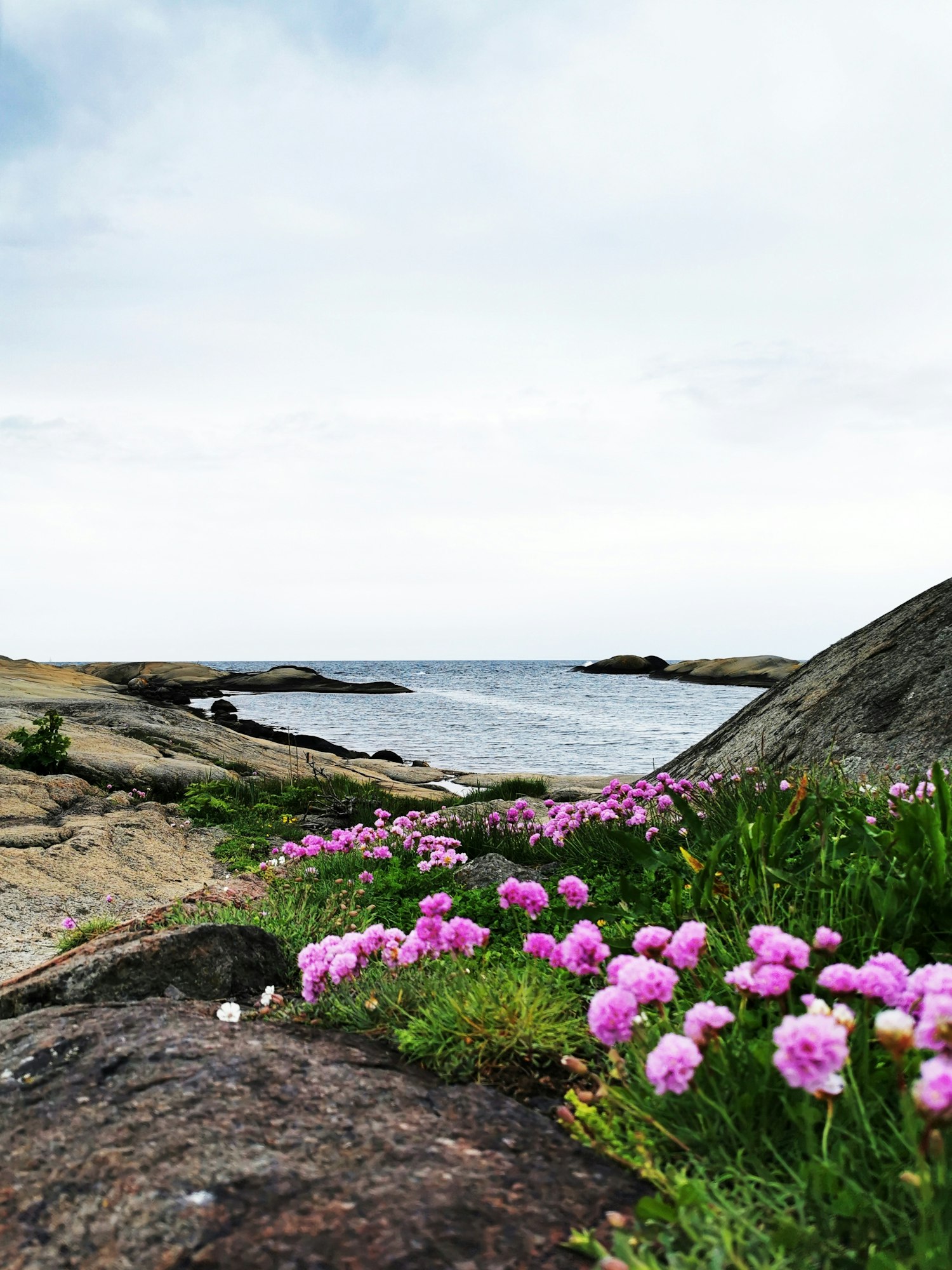
Sea Thrift is a compact, evergreen perennial that produces rounded clusters of pink or white flowers atop sturdy stems. Its low-growing, tufted form makes it resistant to damage from strong winds.
- Planting: Plant in well-drained soil in full sun.
- Care Tips: Sea Thrift is drought-tolerant once established and requires little maintenance beyond occasional watering during prolonged dry spells.
- USDA Hardiness Zones: 4-8
19. Blanket Flower (Gaillardia)
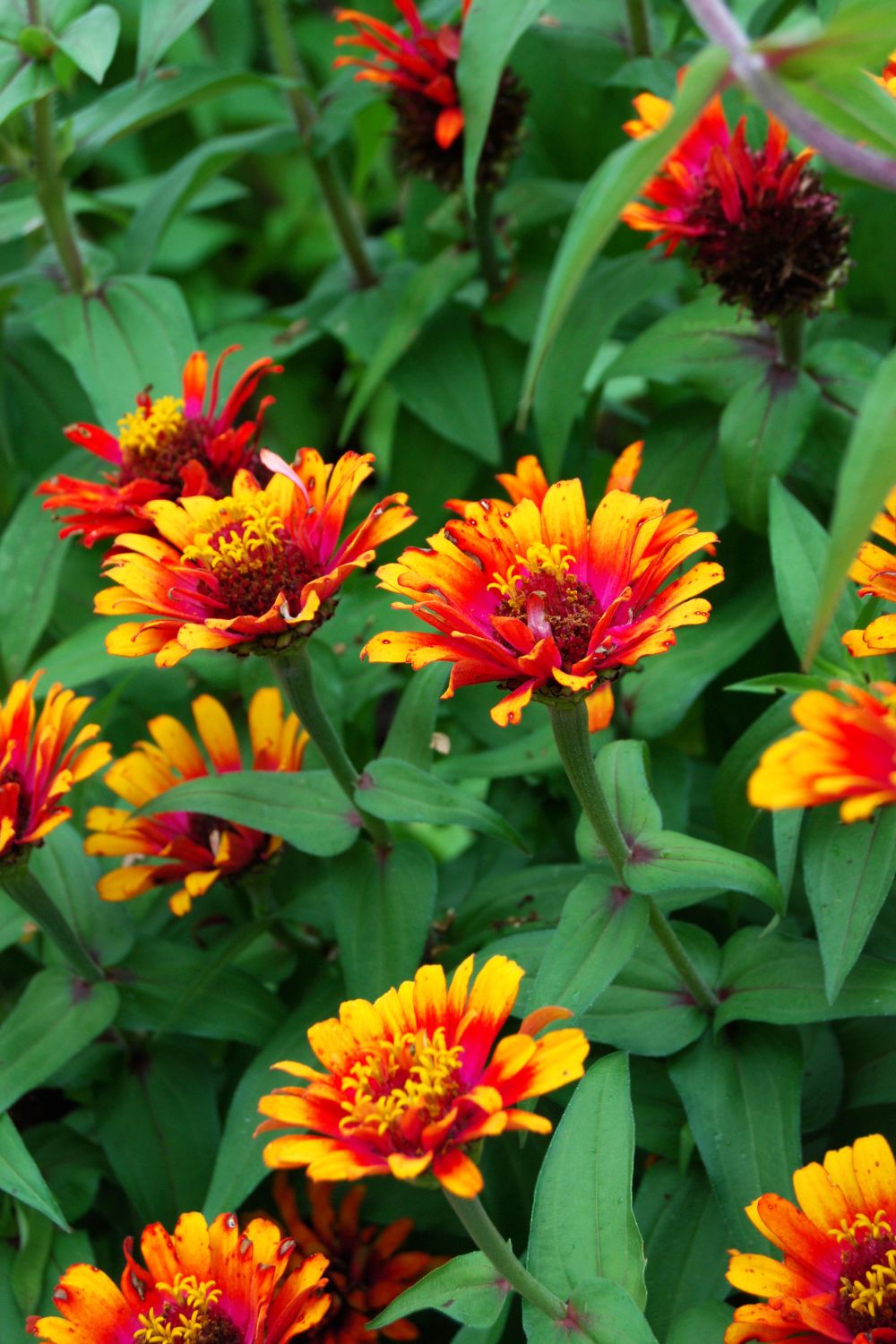
Blanket Flower is known for its vibrant, daisy-like flowers in shades of red, orange, and yellow, blooming from early summer to fall. Its sturdy stems and deep root system make it well-suited to withstand windy conditions.
- Planting: Plant in full sun in well-drained soil.
- Care Tips: Blanket Flower is drought-resistant and thrives in poor soil, making it a low-maintenance choice for challenging sites.
- USDA Hardiness Zones: 3-10
20. Foxglove (Digitalis purpurea)
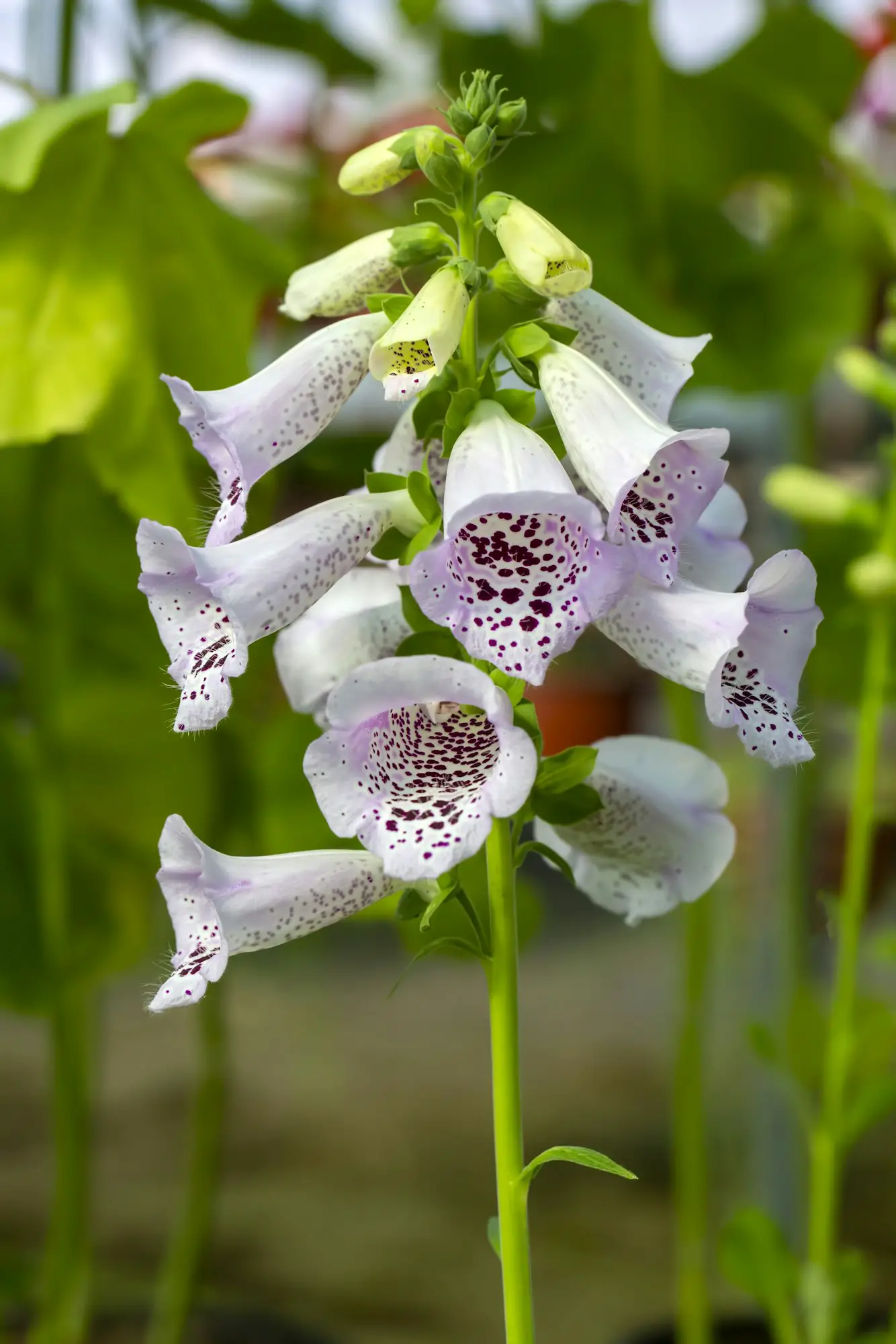
Foxglove is a striking biennial or short-lived perennial with tall spikes of tubular flowers in shades of pink, purple, white, and yellow. Its height and deep root system help it stand tall against the wind.
- Planting: Plant in moist, well-drained soil in partial shade.
- Care Tips: Foxglove prefers cool climates and may need staking in very exposed sites to prevent leaning.
- USDA Hardiness Zones: 4-9
21. Coneflower (Echinacea spp.)
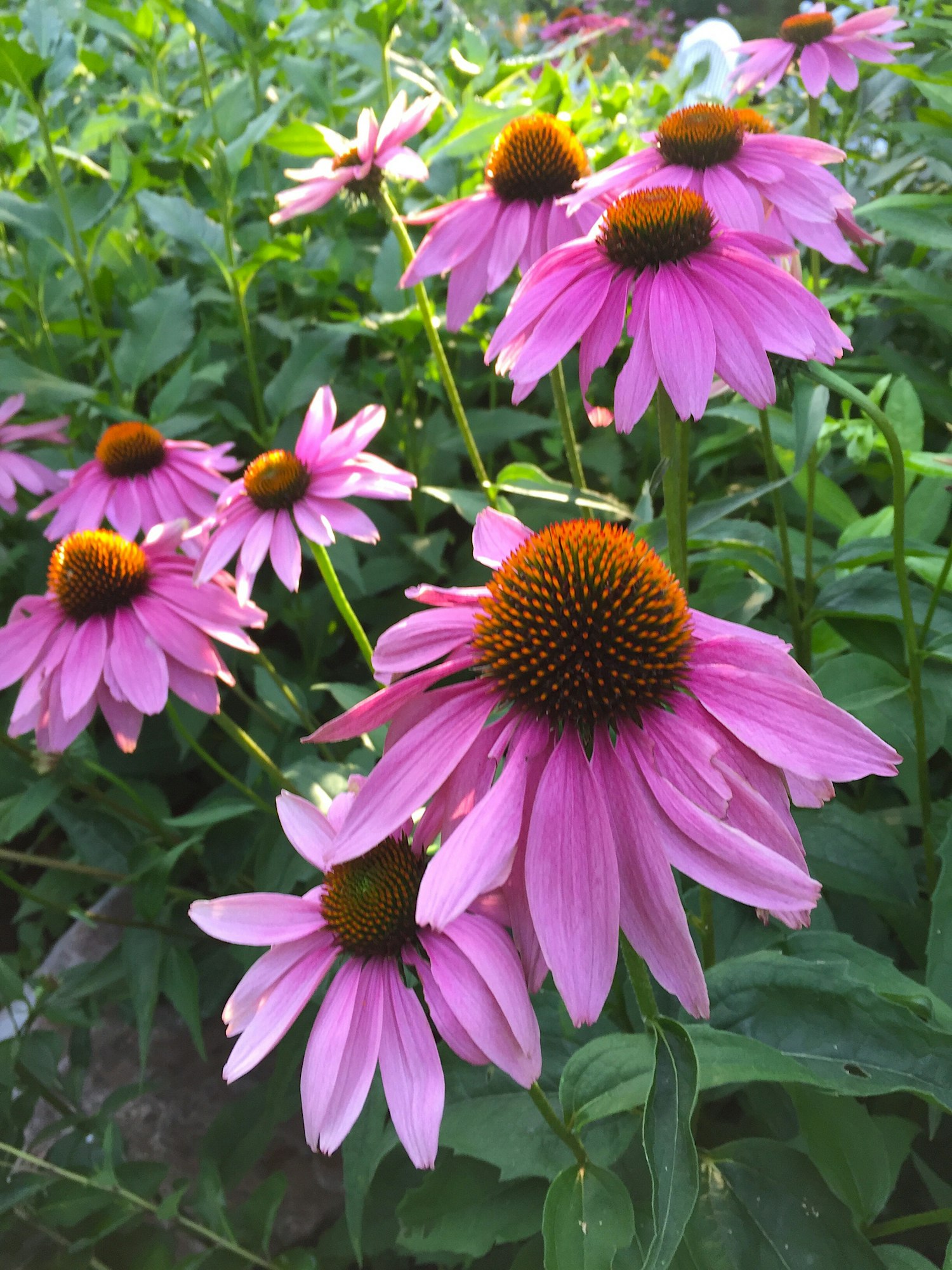
Coneflower is a hardy perennial with large, daisy-like flowers featuring raised central cones. Flowers come in a range of colors, including purple, pink, white, and yellow. Its strong stems and deep roots make it resistant to wind damage.
- Planting: Plant in full sun to light shade in well-drained soil.
- Care Tips: Coneflower is drought-tolerant and benefits from deadheading to encourage prolonged blooming.
- USDA Hardiness Zones: 3-9
22. Russian Sage (Perovskia atriplicifolia)
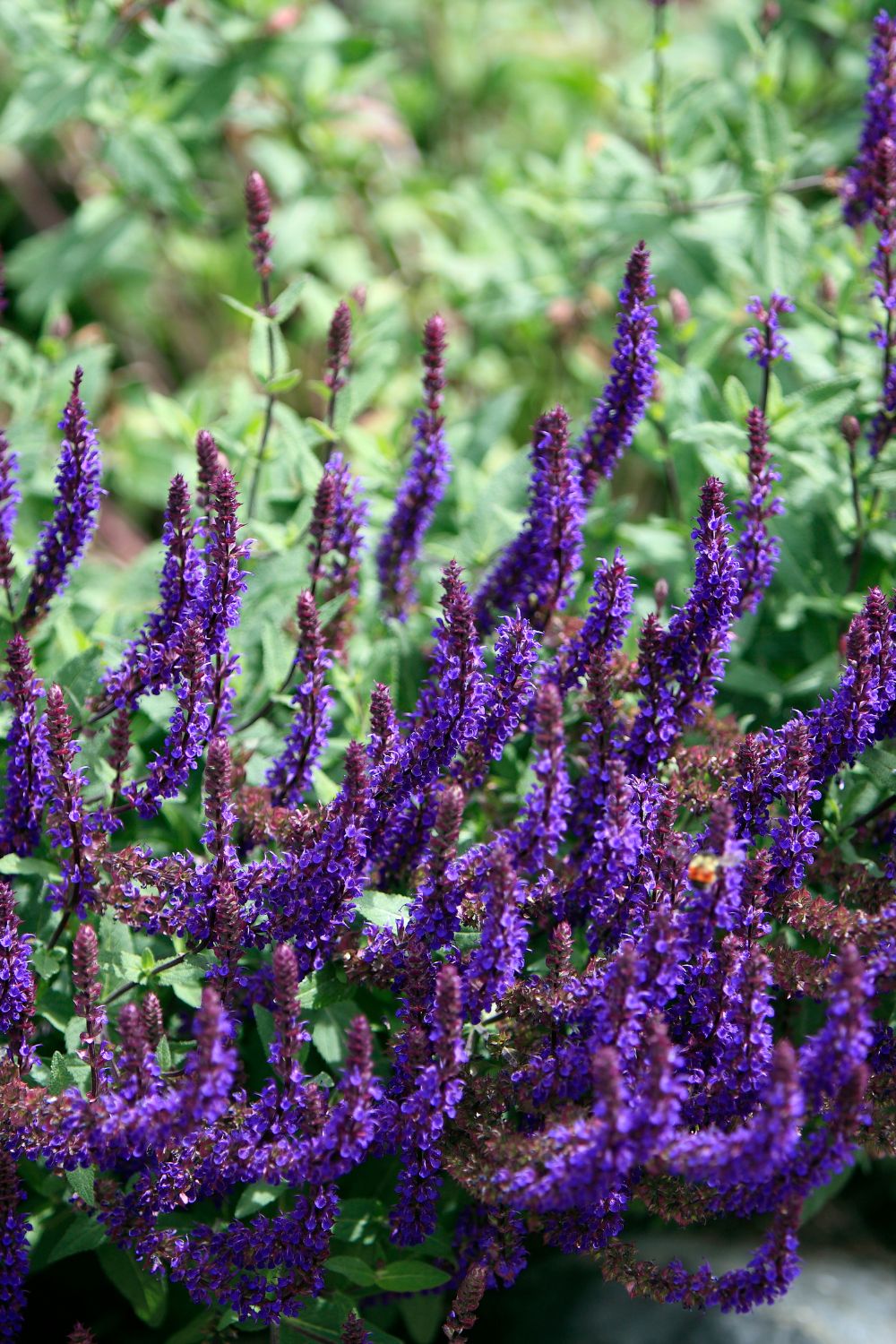
Russian Sage is a tall, airy perennial with finely textured, silvery foliage and lavender-blue flowers. It’s known for its ability to withstand both drought and windy conditions.
- Planting: Plant in well-drained soil in full sun.
- Care Tips: Russian Sage is low maintenance, requiring little water once established, and can be cut back in spring to promote vigorous new growth.
- USDA Hardiness Zones: 4-9
23. Coreopsis (Coreopsis spp.)
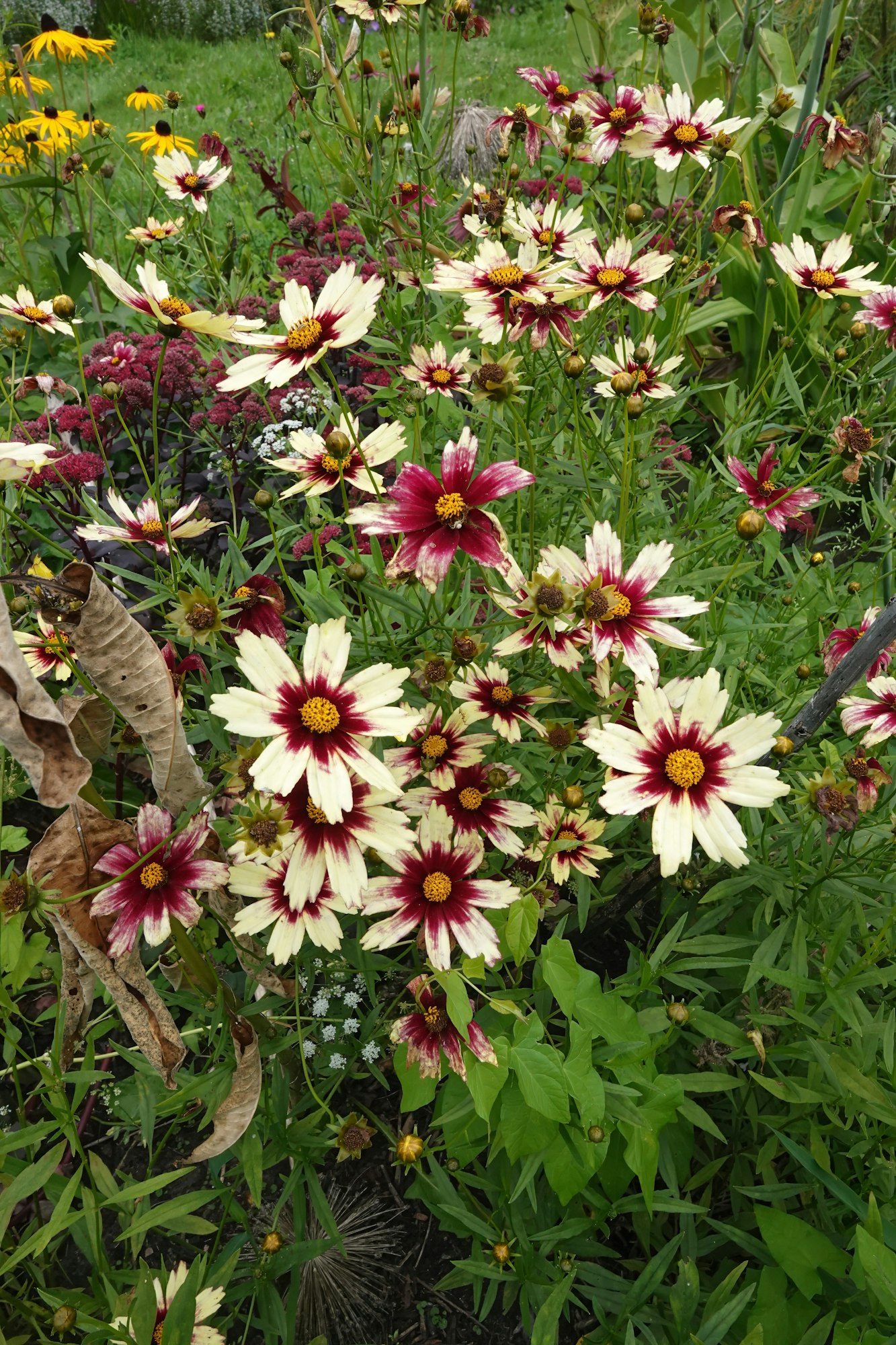
Coreopsis, or tickseed, is a cheerful perennial with bright, daisy-like flowers in yellow, gold, orange, or red. It’s a resilient plant that can handle windy conditions without faltering.
- Planting: Plant in full sun in well-drained soil.
- Care Tips: Coreopsis is drought-tolerant and thrives in poor soil, making it an easy-care option for windy sites.
- USDA Hardiness Zones: 3-9
24. Daylily (Hemerocallis spp.)
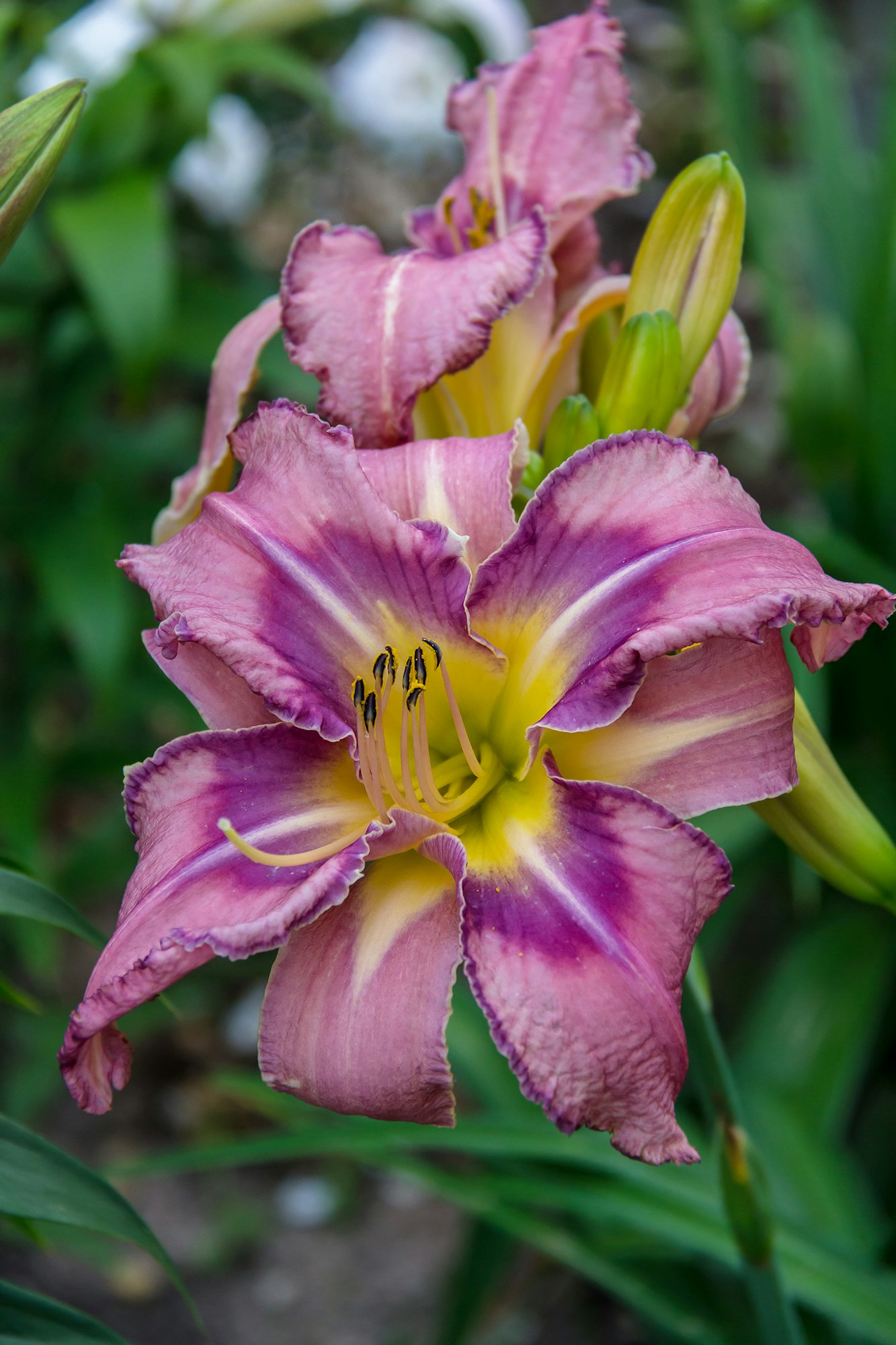
Daylilies are robust perennials that produce an abundance of colorful blooms on sturdy, upright stems. Their resilience and deep root system make them ideal for windy locations.
- Planting: Plant in well-drained soil in full sun to partial shade.
- Care Tips: Daylilies are very adaptable and require minimal care once established, though they benefit from division every few years to maintain vigor.
- USDA Hardiness Zones: 3-9
25. Beardtongue (Penstemon spp.)
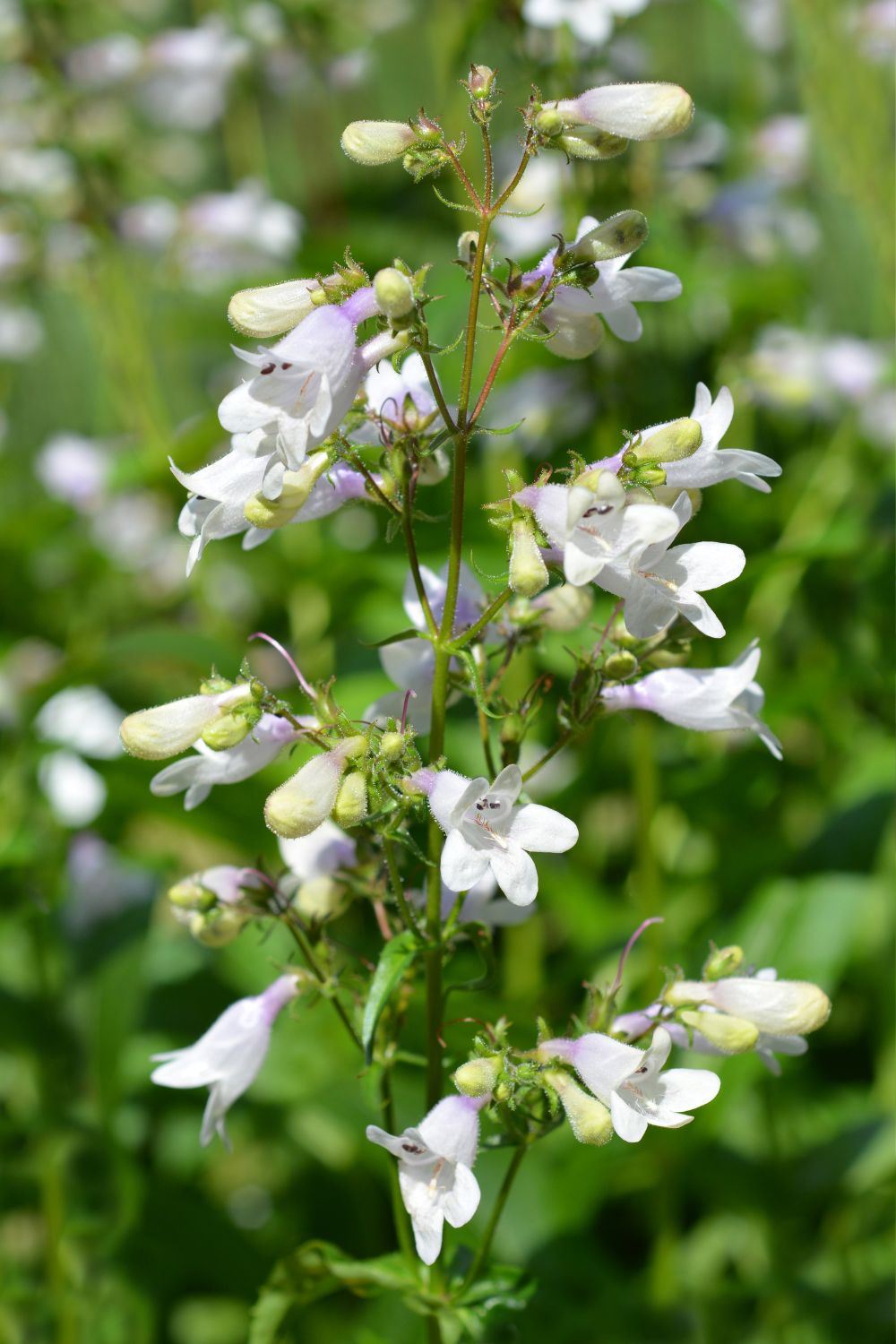
Beardtongue is a perennial with tubular flowers in shades of red, pink, purple, and white, attracting hummingbirds and bees. Its upright growth habit and sturdy stems help it withstand windy conditions.
- Planting: Plant in well-drained soil in full sun.
- Care Tips: Beardtongue prefers lean soil and little water, making it suitable for xeriscaping and windy sites.
- USDA Hardiness Zones: 3-9
Selecting flowers that can withstand high winds is crucial for gardens in exposed locations. These plants not only offer structural resilience but also add beauty and diversity to the landscape, ensuring your garden remains a haven, regardless of the weather conditions.





